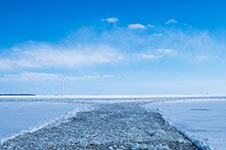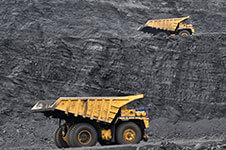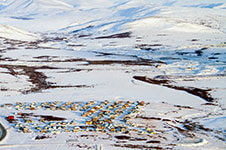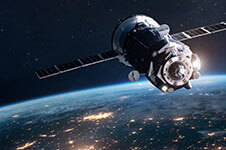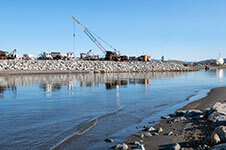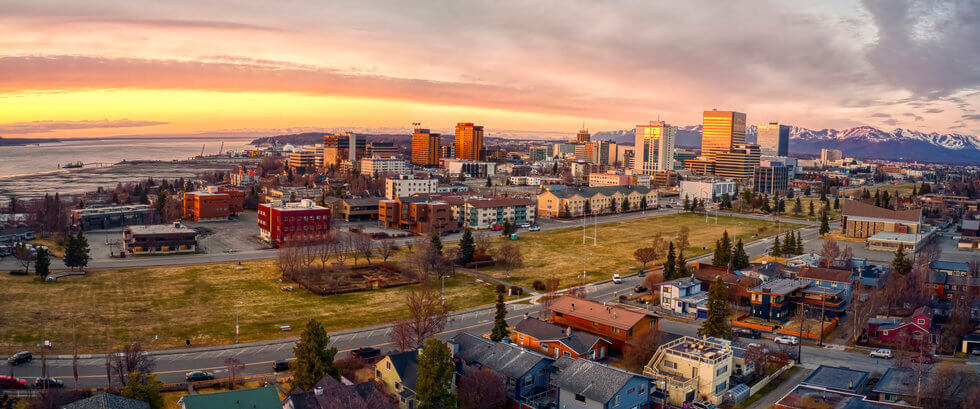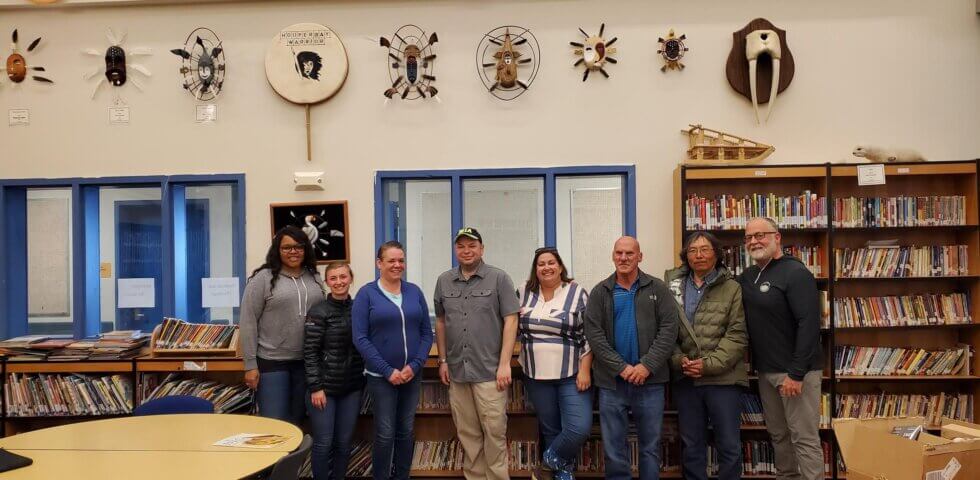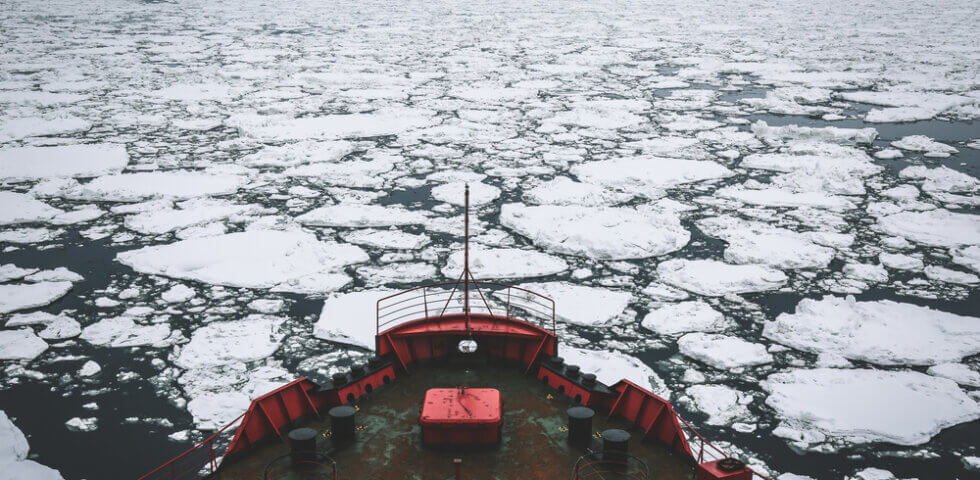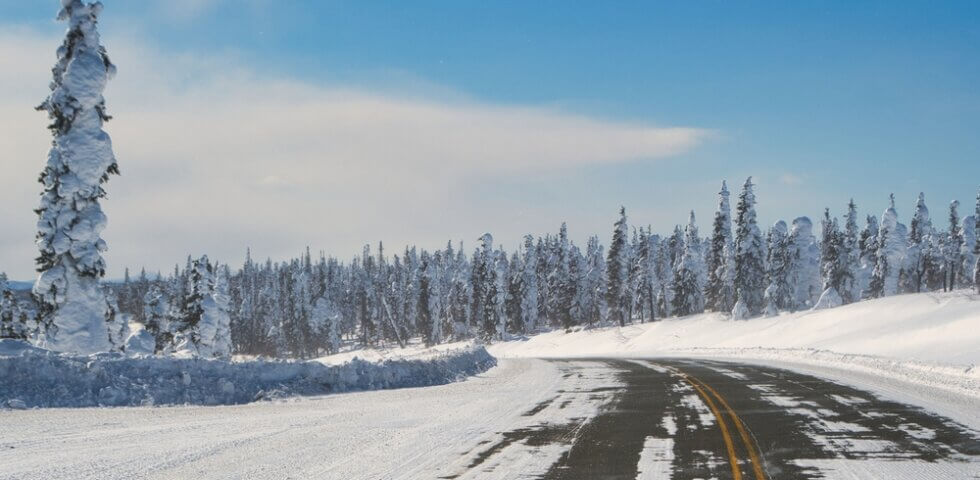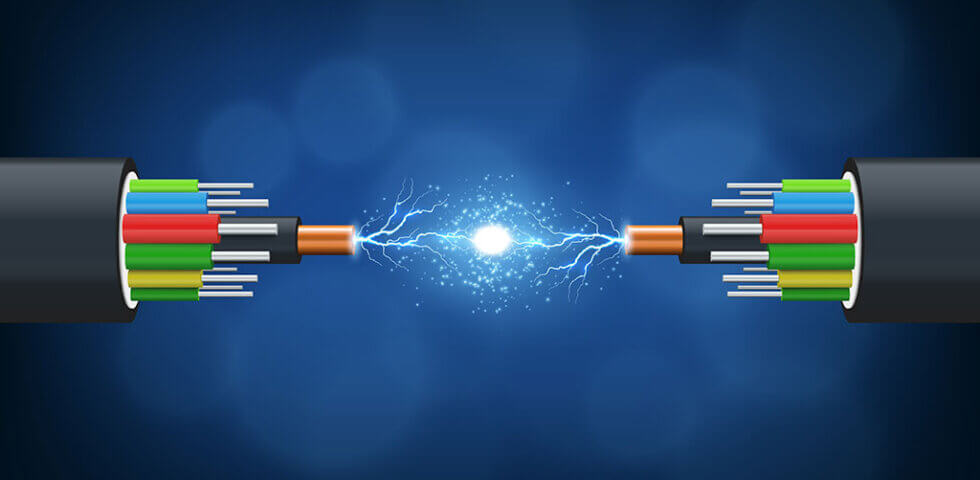At face value, Quintillion is a wholesale broadband provider based in Anchorage, Alaska. It supplies a fast, secure, and reliable internet connection that links America’s northernmost state to the rest of the world. However, the truth is so much more than that. Quintillion is the first and only telecom company to build a fiber-optic cable…

Resources
Blog
Diversity and Demand: Bringing Quintillion’s JAWS Trans-Pacific Fiber Cable to Life
Quintillion’s fiber-optic cable network currently extends 1,200 miles under the sea and 500 miles over land. It’s the first and only system of its kind in Alaska and its world-class infrastructure can deliver sub-gigabit, gigabit, and terabit bandwidth services. The cable itself is buried up to twelve feet below the seabed and there are six…
Behind the Scenes at Quintillion: Working With a Cross-Functional Team to Bridge the Digital Divide
In the past five years, Quintillion has achieved many monumental accomplishments. From building the North American Arctic’s first subsea and terrestrial fiber optic cable system to launching the highest-latitude satellite ground station in the United States, Quintillion has proudly strategized, developed, constructed, and launched several major projects that have made a significant impact on the…
Keeping the Fire Burning: The Hooper Bay Intranet and Why We Need to Keep Caring About the Digital Divide in Alaska
The COVID-19 pandemic put a major strain on schools, students, and parents as remote-learning temporarily replaced traditional schooling. For many Alaskan schools, this rapid shift posed a significant problem. Many communities in Alaska lack access to affordable, reliable broadband, and educators struggled to find solutions to continue providing lessons when students didn’t have access to…
Quintillion’s Telecommunications Terminology Guide: Telecom Terms You Should Know
Telecommunications plays a major role in the modern world. Individuals, businesses, and large agencies all rely on telecom services to connect and communicate with each other and the digital world. Many people use the internet and other telecommunication services daily, but how these technologies work can seem like a mystery if you aren’t fully immersed…
The New Information Highway: The Global Impact of an Arctic Fiber Optic Cable Route
When we look at the state of global connectivity, the North American Arctic is one of the most disconnected human-inhabited locations in the world. While there are hundreds of subsea cables in service across the globe, bordering coasts and crossing oceans, the North American Arctic leaves a large gap, that so far, only Quintillion has…
The Big Picture: Quintillion as a Middle Mile Provider in the Alaska Arctic
Many Alaskans know that Quintillion has built a fiber optic cable system in the northern region of Alaska, but there is still much confusion on how this network fits into the big picture of bringing broadband to the Alaska Arctic. Quintillion doesn’t actually sell or provide internet services to consumers – so what does our…
What Is the Middle Mile in Broadband?
In a world that is becoming increasingly more digital, enabling broadband connectivity for all Americans has become more crucial than ever before. The internet is no longer a way for people to merely enjoy online entertainment. For many Americans, the internet has become a staple in how they do life. Many people work, receive care,…
Building The Quintillion High Latitude Data Acquisition Ground Station in Utqiaġvik
In 2021, Quintillion officially launched its High Latitude Data Acquisition (HiLDA) ground station. Located in Utqiaġvik at 72 degrees latitude, 320 miles north of the Arctic Circle. We built the ground station as a US-based downlinking solution for polar-orbiting satellite operators. It has a 3.7-meter S/X band antenna that is available for occasional use and…
Quintillion’s Dedication to Data Security: Keeping Critical Infrastructure Safe
At Quintillion, protecting our equipment and data is a priority. We handle critical infrastructure, such as subsea fiber optic cables that provide internet to thousands of Alaskans, as well as a satellite downlinking facility that harbors potentially sensitive data. Service interruptions, whether due to natural causes or malicious parties, can result in serious outcomes that…
Quintillion’s HiLDA Ground Station: Why We Decided To Go “Up”
For many, outer space symbolizes the ultimate frontier. It is a place that sparks curiosity, adventure, and opportunity. In the past, this interstellar realm may have primarily served as a landscape for fantasy, but our relationship with space has changed. While outer space still holds much of its mystique, space-based technology and communication tools have…
Satellite Data Processing: Benefits of Leveraging a Colocation Data Center
Humans gather a vast amount of data from space. Commercial satellite imaging companies are collecting over 100TB of satellite data per day, which equates to tens of millions of images. And there isn’t any likelihood of these numbers slowing down any time soon. Organizations across the world, from real estate firms to large government agencies,…

